Clean beauty is establishing itself as a new consumer standard. More than just a trend, it is redefining expectations in terms of transparency, effectiveness and sustainability in the cosmetics industry.
In recent years, ‘clean beauty’ has moved beyond niche markets to become a staple on the shelves of pharmacies, beauty salons and online shops. But behind this appealing term lies an important question: is it simply a marketing phenomenon or a lasting transformation in the world of cosmetics?
The rise of a new demand
Today’s consumers want to understand what they are putting on their skin. Faced with long and opaque formulas, demand for simple, identifiable ingredients that are perceived as safer is skyrocketing. Vegan, cruelty-free skincare products formulated with mostly natural ingredients meet this desire for transparency. More than just a trend, it is a genuine mindset that is taking hold: beauty should no longer be synonymous with compromising between effectiveness and respect for the environment.
Between marketing and conviction
Of course, the term ‘clean’ remains vague and is sometimes used opportunistically. Some brands are riding the wave of this craze without always guaranteeing truly ethical formulations. However, more and more players in the sector are going beyond mere rhetoric, promoting traceability, sustainable packaging and responsible practices. This sincerity distinguishes authentic approaches from passing fads.
The role of the younger generations
Clean beauty is largely driven by young consumers, who are more connected and informed than ever before. Their purchasing power is combined with a desire for conscious consumption: buying less but better, supporting local and committed brands, and reducing the environmental impact of their bathroom habits. This generation is imposing new codes that are forcing the entire industry to reinvent itself.
When the example comes from emerging brands
Many young brands have built themselves around these values, sometimes even before clean beauty became a buzzword. Martine Skin, for example, is a good illustration of this trend with a small range of vegan products, formulated with over 95% natural ingredients and designed for all skin types. It embodies this desire to combine effectiveness, sensoriality and commitment.
The weight of numbers
The craze is not just an impression. According to several market studies, sales of so-called ‘clean’ products have grown much faster than those of traditional cosmetics over the past five years. Consumers even say they are willing to pay a little more for a product whose composition is clear and aligned with their values. This shows that price is no longer the only criterion for choice; trust and consistency now take precedence.
Towards a new normal
While some observers would have described this as a passing fad just a few years ago, the figures show that it has been adopted on a massive and lasting scale. Clean beauty is no longer a marketing ‘plus’; it is becoming a standard expected by the majority of consumers. Both large retailers and independent brands have understood that the future of cosmetics now goes hand in hand with responsibility and transparency.
In conclusion
Clean beauty is not just a passing trend, but a profound movement that is redefining expectations in the beauty industry. It is forcing brands to innovate while remaining authentic and accessible. Far from being a fad, it may represent the biggest revolution in cosmetics since the advent of organic products.
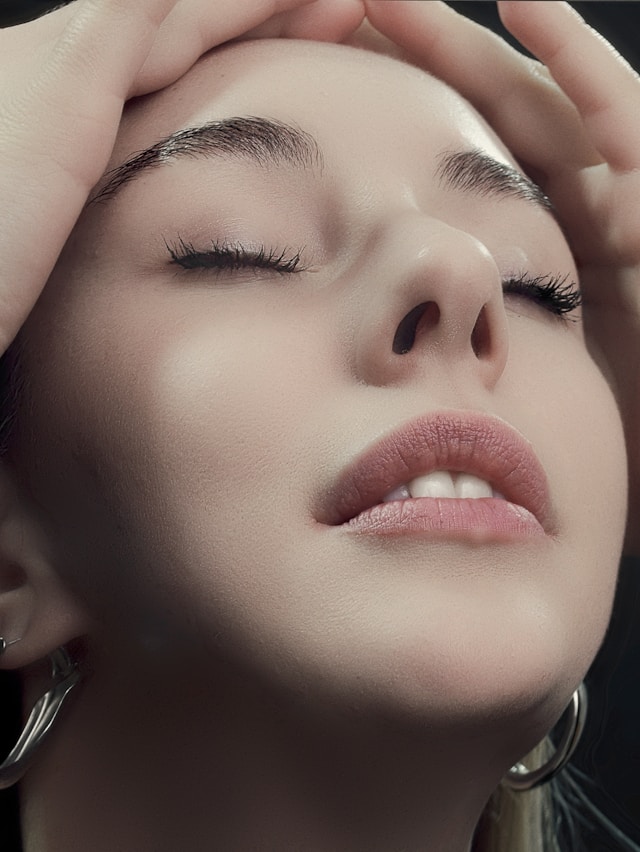
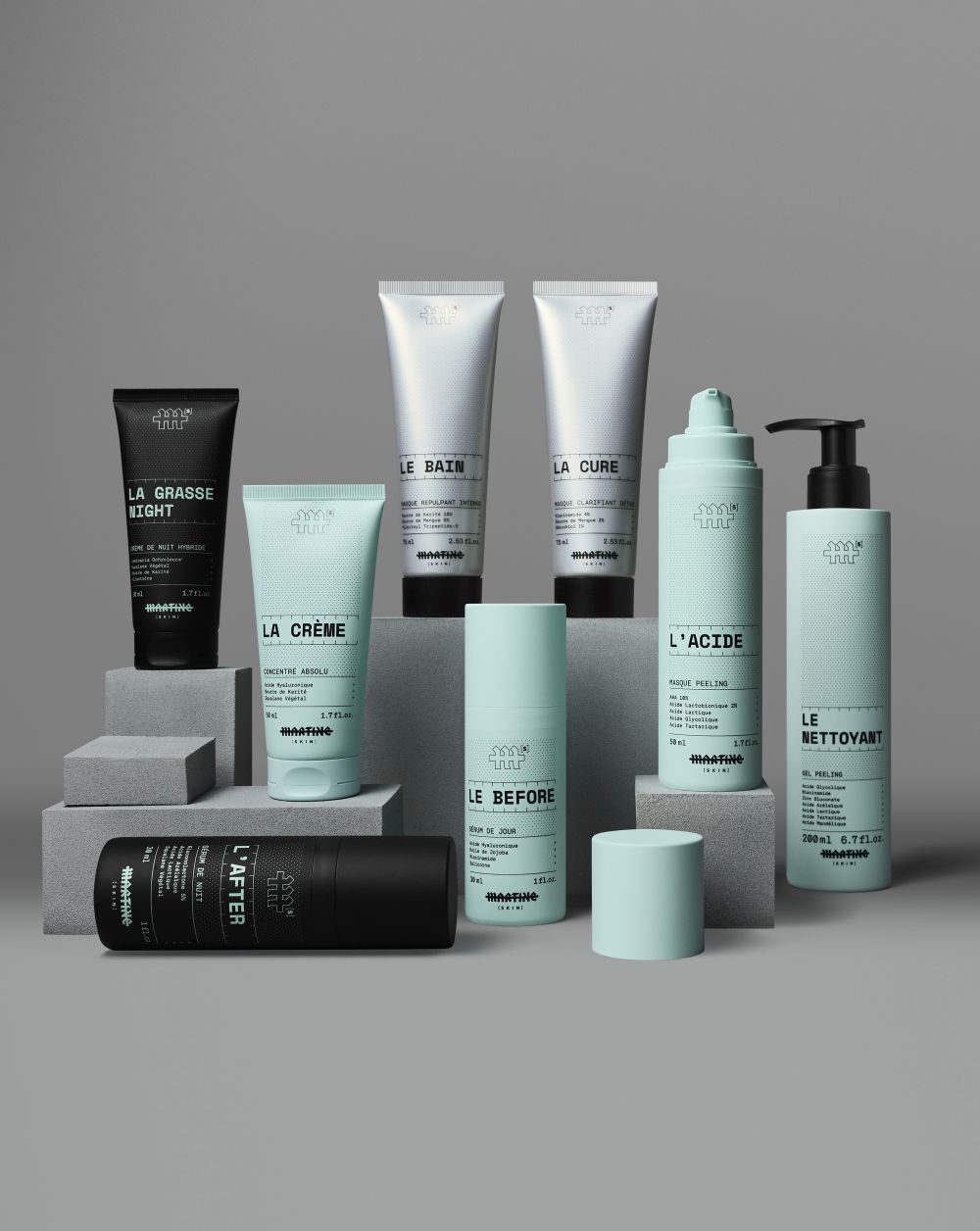

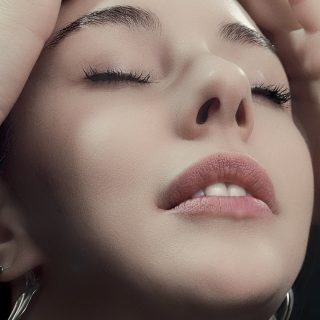


















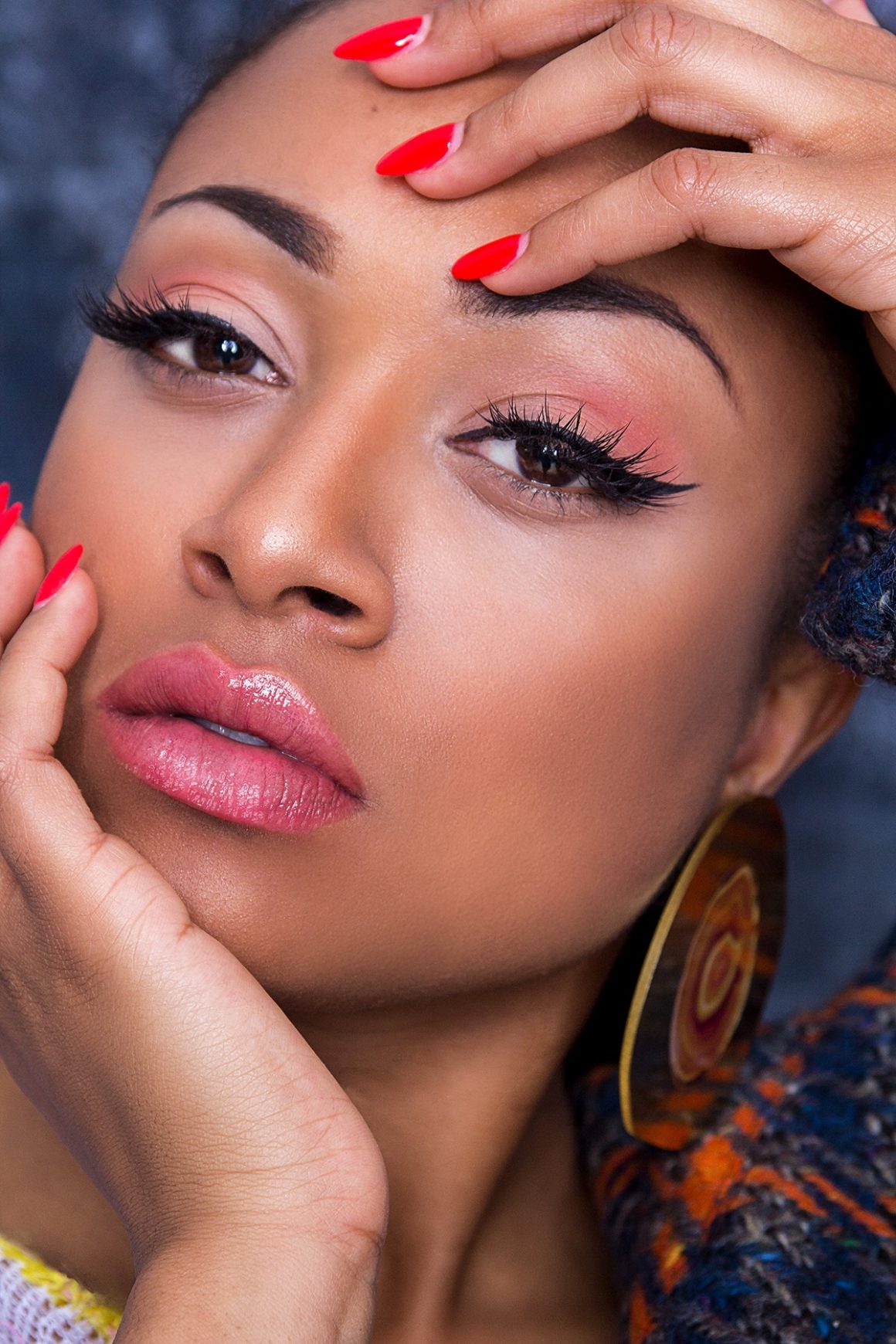
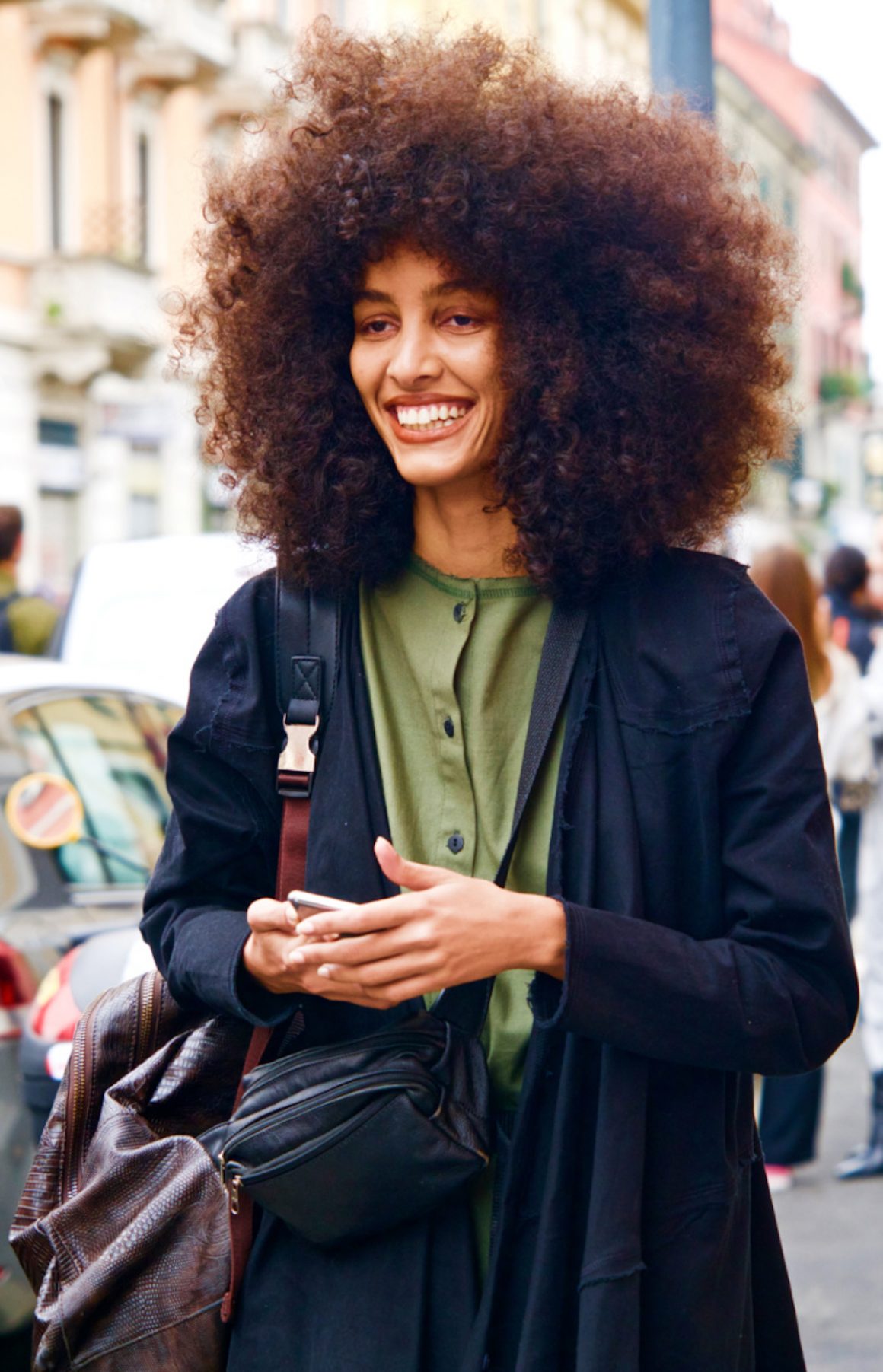



Follow us on Instagram